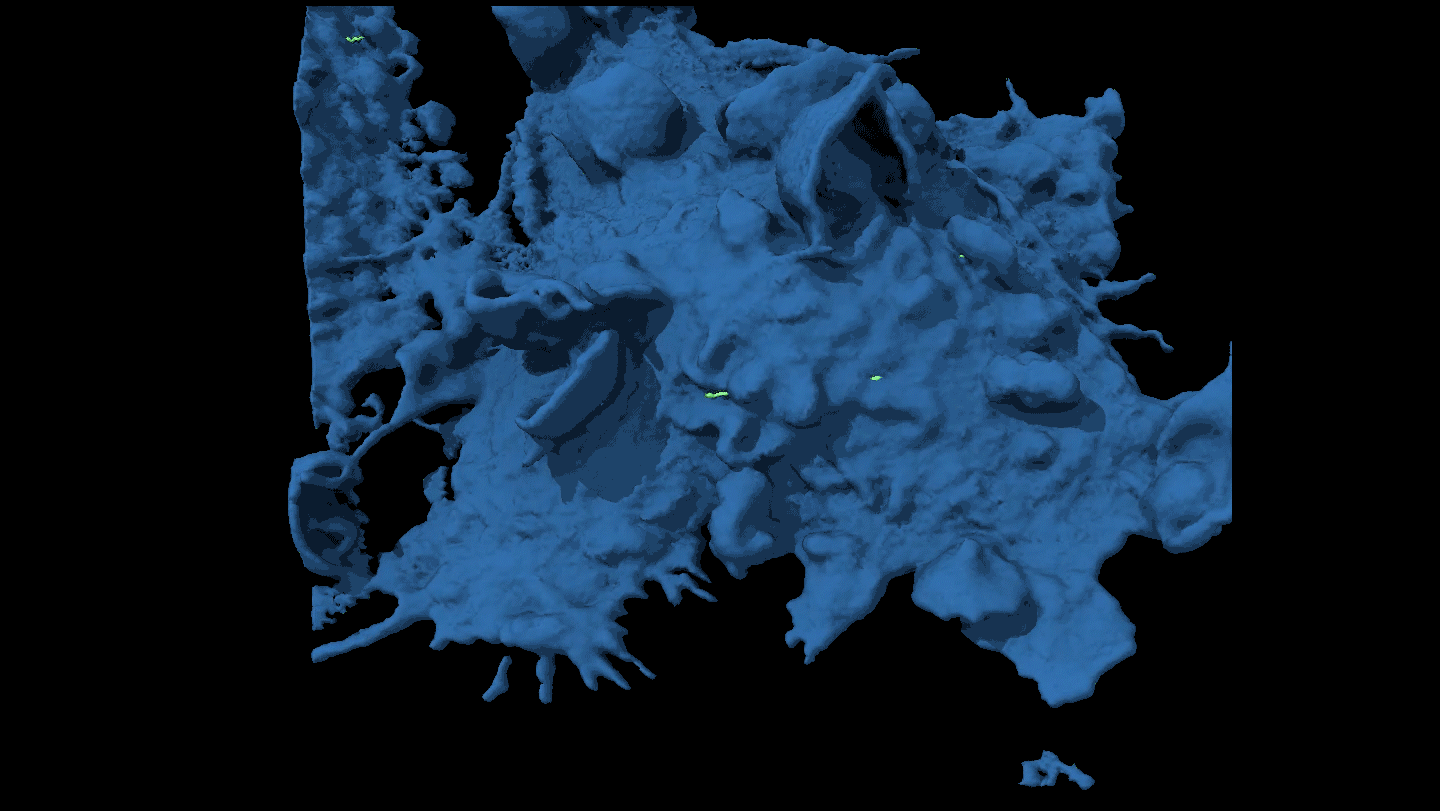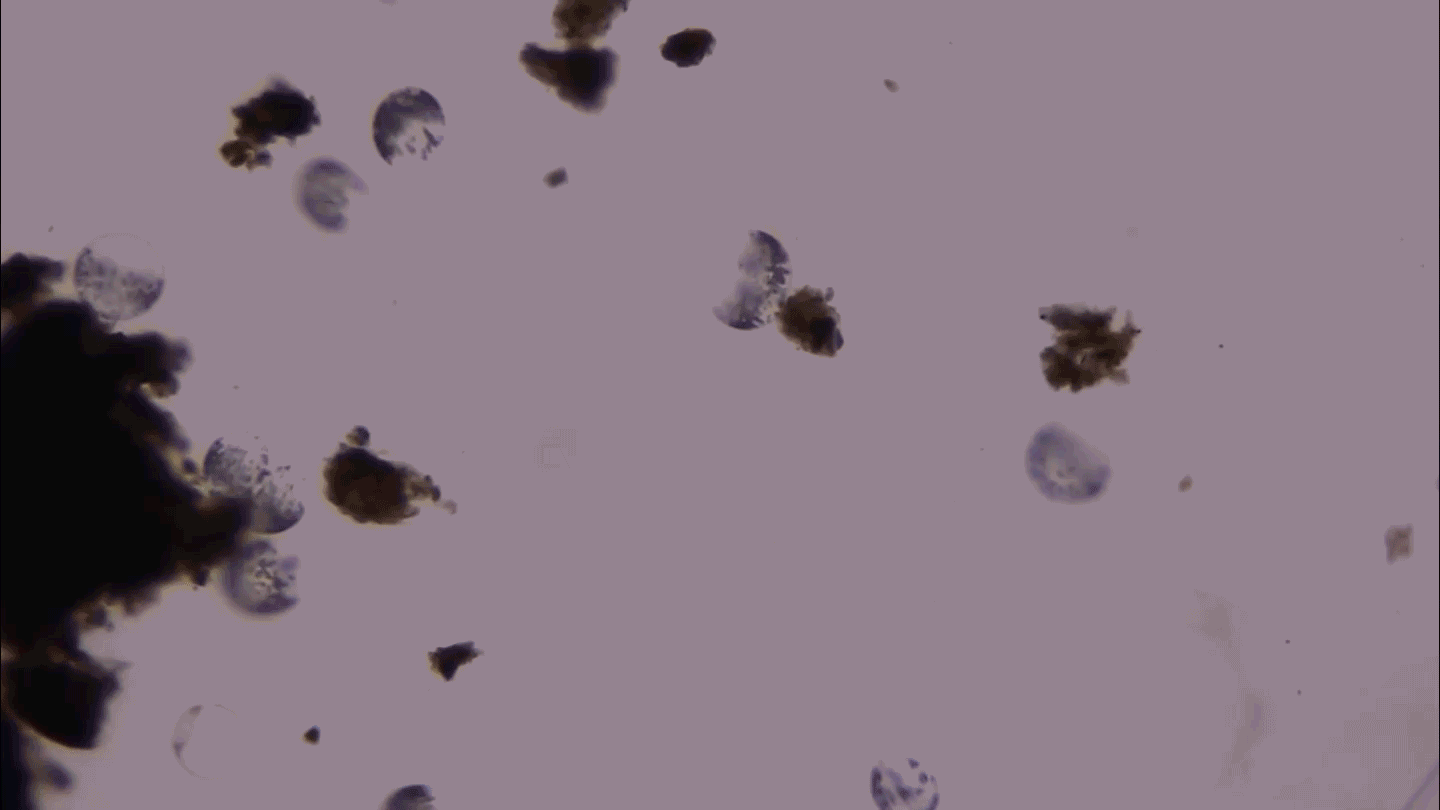Life
Chimps are righties and orangutans lefties, plus singing mice and chilly dinosaurs in this week's news
Apes show handedness
Contrary to earlier reports, apes show humanlike hand preferences when
manipulating objects. Chimpanzees, bonobos and gorillas favored the
right hand and orangutans the left hand, a team led by psychologist
William Hopkins of Agnes Scott College in Decatur, Ga., found in a study
to appear in the
Journal of Human Evolution
. Hopkins and colleagues
observed which hand 777 captive apes used to reach peanut butter smeared
inside a long tube. Roughly twice as many animals in each ape category
employed a dominant hand, whereas about 90 percent of humans are
right-handed. Hopkins wants to explore reasons for orangutans’
left-handedness. —
Bruce Bower
Invasion of the dirty shoes
More than half the soil samples scraped off dirty shoes that inspectors
spotted in luggage arriving in New Zealand airports carried potentially
worrisome stowaways. The 155 soil samples yielded seeds, bacteria,
nematodes, fungi and other hitchhikers belonging to groups of species
that plant-protection agencies regulate as potential invaders, say New
Zealand researchers in an upcoming
Biological Invasions
. Golf
shoes had the highest seed and nematode counts per gram of soil. Air
traveler belongingscould be moving around several hundred thousand
kilograms of soil and its lurkers a year. —
Susan Milius
Mouse songs
Mice can sing (sort of), but a baby-swapping lab experiment finds no evidence that lab mice learn to sing by listening to adults around them. Male mouse pups reared by foster parents of a different mouse strain grew up sounding more like their biological dads than like their foster dads. In an ongoing debate, that negative finding may dampen hopes that the high-pitched, songlike mouse vocalizations could join human speech and the sounds of songbirds, certain marine mammals and a few other creatures as examples of vocal learning through imitation. Yet innate, unlearned mouse song could have value for genetic studies of behavior, researchers in Japan suggest online March 9 in
PLoS ONE
. —
Susan Milius
Invader that couldn’t
Fish called red shiners don’t seem able to recolonize certain waterways where they once lived as natives, even though the shiners readily invade new territory. They had disappeared from six Oklahoma tributaries of Lake Texoma by 2006, but a few of the fish showed up again after a flood. They offered an unusual opportunity to study early stages of possible colonization. Yet observations in the wild and studies in naturalistic outdoor enclosures suggested that even shiners arriving in relatively high numbers couldn’t recolonize. Increasing habitat for predators may be foiling the return, University of Oklahoma researchers say in an upcoming
Biological Invasions
. —
Susan Milius
Chilly dinosaurs
China’s famous feathered dinosaurs probably could have used down coats, given the chilly temperatures they lived in. By looking at varieties of oxygen atoms inside fossils, which can preserve temperature information, researchers found that northeastern China was unusually cold between 122 million and 130 million years ago. Mean temperatures averaged 10° Celsius as dinosaurs, crocodiles and other creatures roamed the landscape, an international team of researchers reports in an upcoming
Proceedings of the National Academy of Sciences
. The work could help explain why the Chinese fossils are so unusual. —
Alexandra Witze







